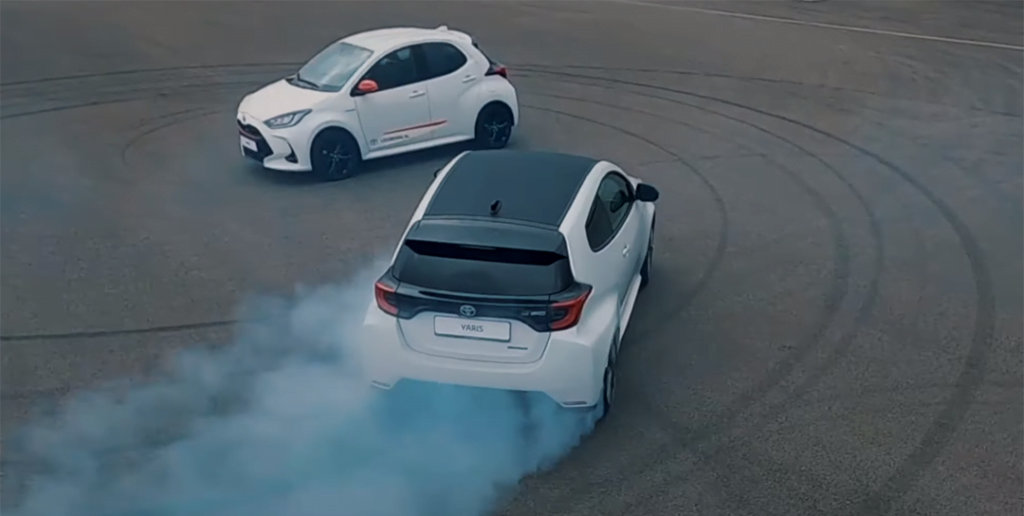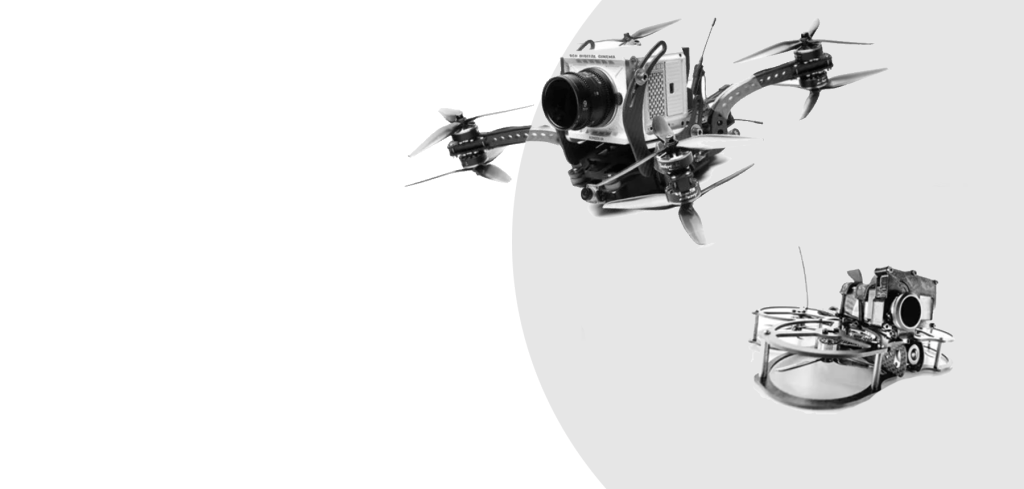FPV Drones on Film Sets 2 April 2024
FPV (First Person View) drones have become increasingly popular in the film industry due to their ability to capture unique and dynamic shots. These drones are equipped with high-quality cameras and are piloted remotely, allowing filmmakers to capture footage from angles and perspectives that were previously impossible. FPV drones have revolutionized the way films are made, providing filmmakers with increased flexibility and mobility.
Key Takeaways
- FPV drones are becoming increasingly popular on film sets for their unique perspective and maneuverability.
- Benefits of using FPV drones for filmmaking include cost-effectiveness, time efficiency, and the ability to capture shots that would be impossible with traditional equipment.
- There are various types of FPV drones used on film sets, including racing drones, cinematic drones, and hybrid drones.
- Filmmakers must possess advanced piloting skills to operate FPV drones safely and effectively on set.
- Safety measures for FPV drone filming include obtaining proper permits, conducting thorough risk assessments, and having a designated safety officer on set.
Benefits of Using FPV Drones for Filmmaking
One of the main benefits of using FPV drones for filmmaking is the increased flexibility and mobility they offer. Traditional filming methods often require expensive equipment such as cranes or helicopters to capture aerial shots. With FPV drones, filmmakers can easily navigate through tight spaces and capture shots from various angles without the need for additional equipment.
Another advantage of using FPV drones is their ability to capture unique angles and shots. The small size and maneuverability of these drones allow filmmakers to get up close and personal with their subjects, resulting in immersive and dynamic footage. Whether it’s a chase scene or an action sequence, FPV drones can provide a fresh perspective that adds excitement and depth to the film.
In addition to their flexibility and unique shooting capabilities, FPV drones are also cost-effective compared to traditional filming methods. Hiring a helicopter or crane for aerial shots can be expensive, especially for independent filmmakers or smaller productions. FPV drones offer a more affordable alternative without compromising on quality.
Types of FPV Drones Used on Film Sets
There are several types of FPV drones used on film sets, each with its own specific purpose and capabilities.
Racing drones are designed for speed and agility, making them ideal for capturing fast-paced action sequences or chase scenes. These drones are lightweight and have powerful motors that allow them to reach high speeds and perform acrobatic maneuvers.
Cinematic drones, on the other hand, are designed for capturing smooth and cinematic footage. These drones are equipped with stabilizers and gimbals to ensure steady shots, even in windy conditions. Cinematic drones are often used for capturing sweeping aerial shots or establishing shots.
Hybrid drones combine the speed and agility of racing drones with the stability and smooth footage of cinematic drones. These drones are versatile and can be used for a wide range of shots, making them a popular choice among filmmakers.
FPV Drone Piloting Skills for Filmmakers
Having a skilled pilot is crucial when using FPV drones on film sets. A skilled pilot can navigate the drone safely and capture the desired shots effectively. It takes practice and experience to master the art of piloting an FPV drone, especially in high-pressure filming situations.
There are training and certification programs available for filmmakers who want to improve their piloting skills. These programs provide hands-on training and guidance on how to operate FPV drones safely and effectively. They cover topics such as flight controls, maneuvering techniques, and emergency procedures.
In addition to formal training programs, there are also several tips and techniques that filmmakers can use to improve their piloting skills. Practicing regularly, familiarizing oneself with the drone’s controls, and understanding the limitations of the equipment are all essential for becoming a skilled FPV drone pilot.
Safety Measures for FPV Drone Filming
Safety is of utmost importance on film sets, especially when using FPV drones. There are several safety measures that filmmakers should follow to ensure the well-being of the crew and actors.
Before each flight, it is important to conduct pre-flight checks and procedures. This includes checking the battery levels, ensuring that all equipment is functioning properly, and inspecting the drone for any damage or loose parts. It is also important to check the weather conditions and assess any potential risks or hazards.
Emergency protocols should also be established in case of any accidents or malfunctions. This includes having a designated landing area, establishing a communication system between the pilot and crew, and having a plan in place for emergency landings or crashes.
FPV Drone Camera Technology for Filmmaking

The camera technology used on FPV drones is crucial for capturing high-quality footage. There are several types of cameras that can be used, depending on the specific requirements of the film.
Action cameras such as GoPros are commonly used on FPV drones due to their small size and high-quality video capabilities. These cameras are lightweight and can be easily mounted on the drone, allowing filmmakers to capture immersive footage from the drone’s perspective.
Camera settings and adjustments are also important for achieving the desired look and feel of the footage. Filmmakers can adjust settings such as frame rate, resolution, and color profiles to achieve the desired cinematic effect. It is important to experiment with different settings and techniques to find the best combination for each shot.
Post-production editing techniques can also enhance the footage captured by FPV drones. Color grading, stabilization, and adding special effects can all be done in post-production to create a polished and professional final product.
Challenges of Using FPV Drones on Film Sets
While FPV drones offer many benefits for filmmakers, there are also several challenges that need to be considered.
Weather conditions can greatly impact the ability to fly FPV drones. Strong winds, rain, or extreme temperatures can make it unsafe or impossible to fly. Filmmakers need to carefully monitor weather conditions and plan their shoots accordingly.
Another challenge is the limited battery life of FPV drones. Most drones have a flight time of around 20-30 minutes before they need to be recharged. This can be a limitation when shooting longer scenes or sequences that require multiple takes. Filmmakers need to carefully plan their shots and have spare batteries on hand to ensure uninterrupted filming.
Interference with other equipment is also a potential challenge when using FPV drones on film sets. The radio signals used to control the drones can interfere with other wireless devices such as microphones or walkie-talkies. Filmmakers need to coordinate with the sound and production teams to ensure that there is no interference or disruption during filming.
Examples of FPV Drone Filming in Popular Films
FPV drone filming has been used in several popular films to capture unique and dynamic shots.
In “The Revenant,” FPV drones were used to capture sweeping aerial shots of the wilderness. The drones were able to fly low and close to the actors, providing a sense of immersion and realism. The footage captured by the drones added depth and scale to the film’s stunning cinematography.
In “Avengers: Age of Ultron,” FPV drones were used to capture dynamic action sequences. The drones were able to follow the actors as they performed stunts and fight scenes, providing a unique perspective that added excitement and intensity to the film.
Future of FPV Drones in Filmmaking
The future of FPV drones in filmmaking looks promising, with advancements in technology and increased use in the industry.
Advancements in technology will continue to improve the capabilities of FPV drones, allowing filmmakers to capture even more dynamic shots. Improved battery life, better camera technology, and enhanced stability systems will all contribute to the growth of FPV drone filming.
As more filmmakers recognize the benefits of using FPV drones, their use in the industry is expected to increase. Independent filmmakers and smaller productions will especially benefit from the cost-effective nature of FPV drone filming.
The potential for new and innovative filming techniques is also exciting. FPV drones have already revolutionized the way films are made, and there is still much untapped potential for exploring new perspectives and storytelling techniques.
FPV Drones as a Game-Changer for Film Industry
In conclusion, FPV drones have become a game-changer in the film industry. Their ability to capture unique angles and shots, increased flexibility and mobility, and cost-effectiveness compared to traditional filming methods make them an invaluable tool for filmmakers.
Having a skilled pilot and following safety measures are crucial when using FPV drones on film sets. Training and certification programs are available to help filmmakers improve their piloting skills and ensure the safety of the crew and actors.
The future of FPV drones in filmmaking looks promising, with advancements in technology and increased use in the industry. As more filmmakers recognize the benefits of using FPV drones, their use is expected to become more widespread, leading to new and innovative filming techniques.
Overall, FPV drones have revolutionized the way films are made, providing filmmakers with unprecedented creative possibilities. With their unique capabilities and versatility, FPV drones have the potential to continue pushing the boundaries of filmmaking and revolutionize the industry.
If you’re interested in the world of FPV drones on film sets, you won’t want to miss this informative article on CineShoots. They delve into the DJI Inspire 3, the ultimate cinema drone that is revolutionizing aerial cinematography. Discover how this cutting-edge technology is being used to capture breathtaking shots and enhance storytelling in the film industry. Check out the article here to learn more about the incredible capabilities of the DJI Inspire 3.
0

